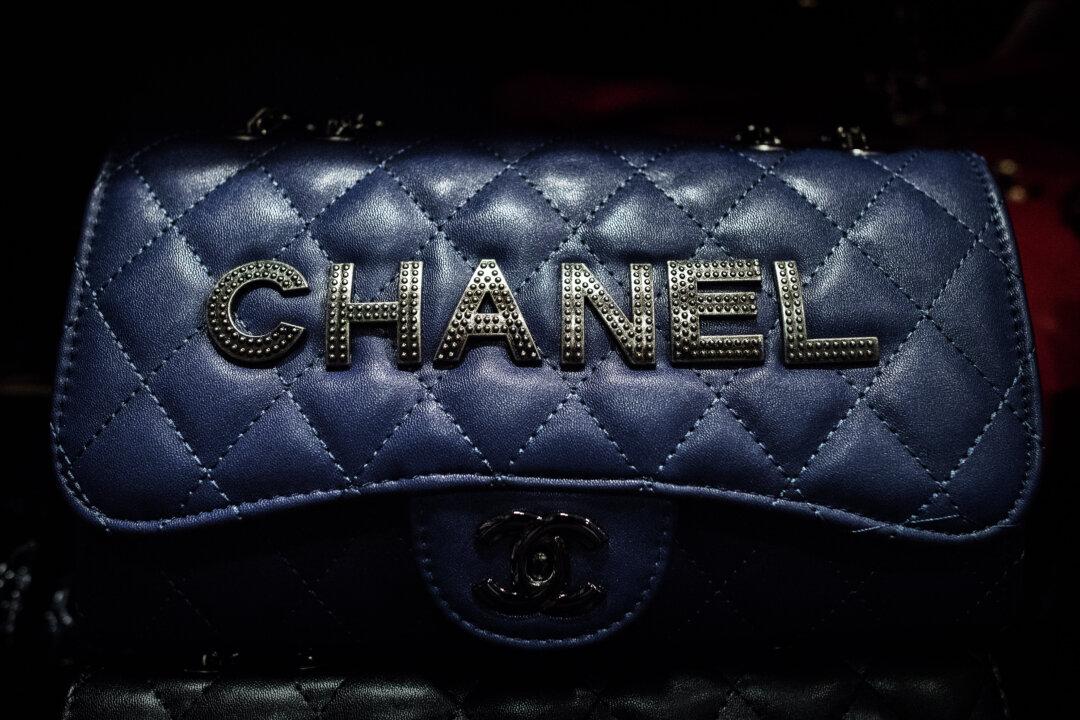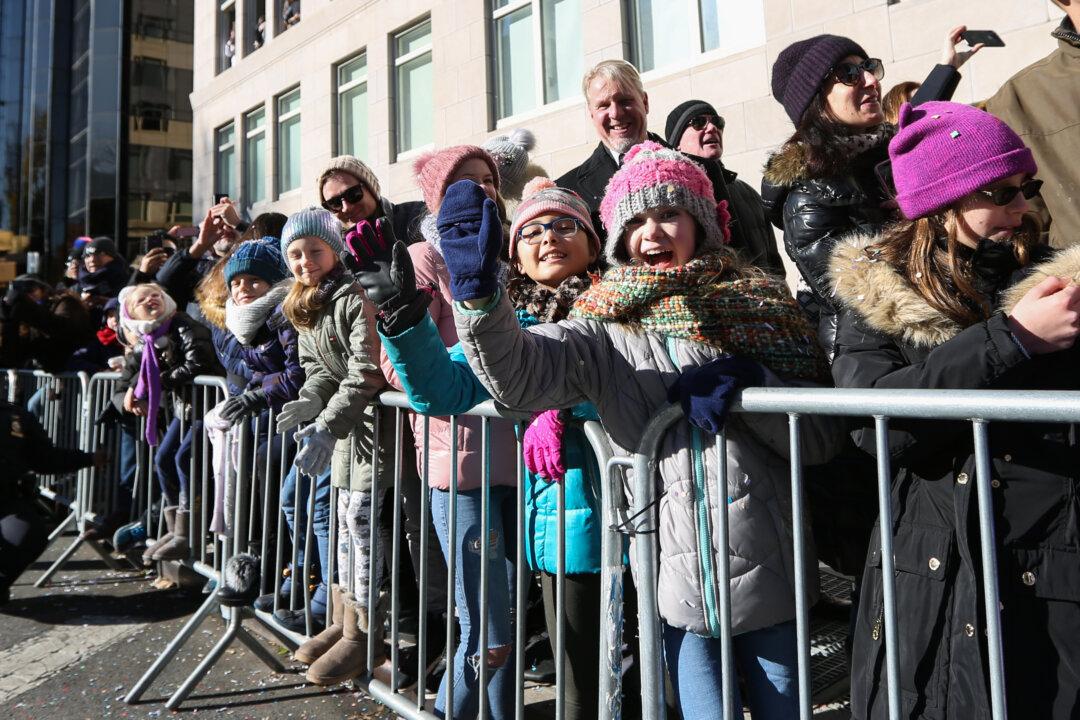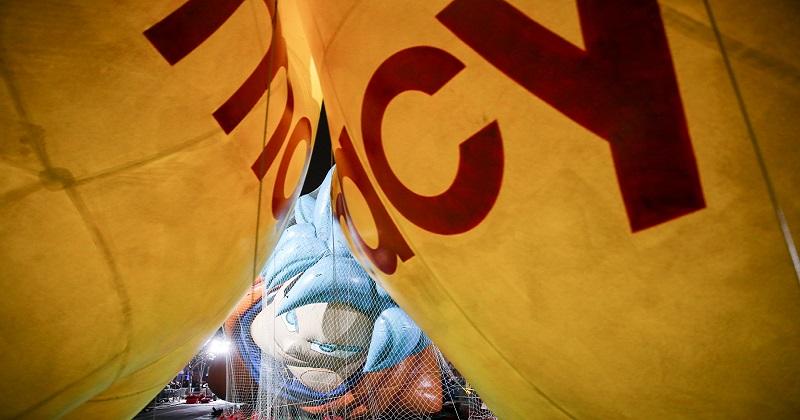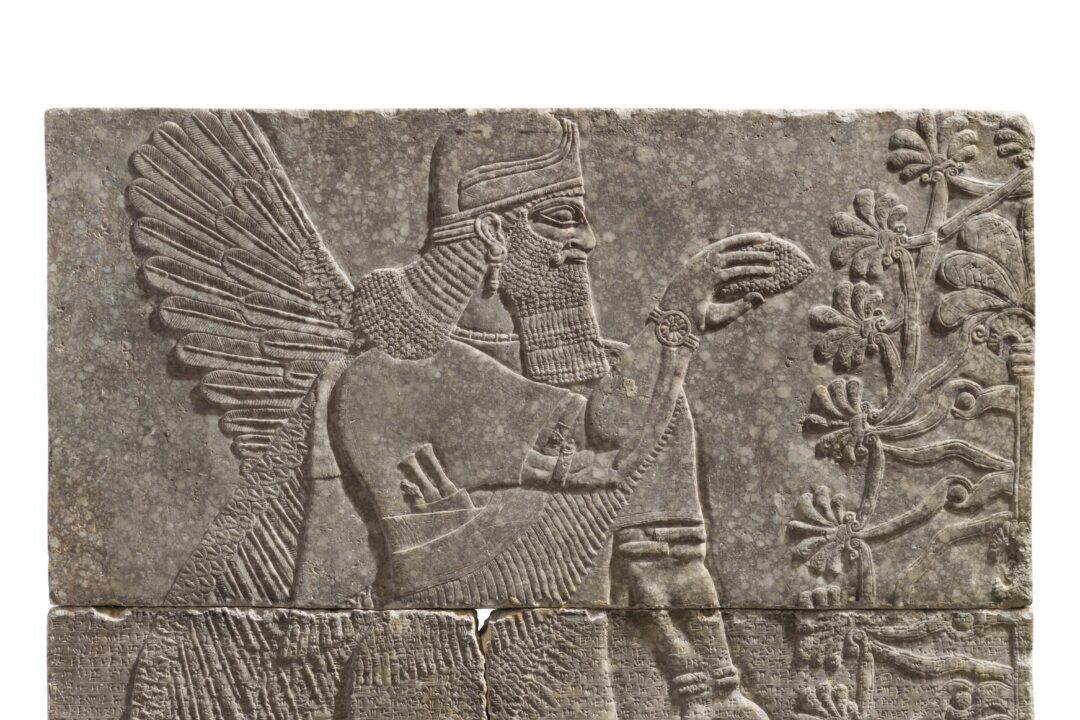NEW YORK—Strolling down a Manhattan street, you might stumble upon “Gucci” wallets and “Prada” purses strewn on a white sheet for sale at bargain prices. If you’re really attentive, you may also notice a customer exiting a low-end leather shop clutching a brand new “brand name” bag.
These are all counterfeit goods that have been smuggled into the country by criminals, cheating consumers and undermining the American economy.




